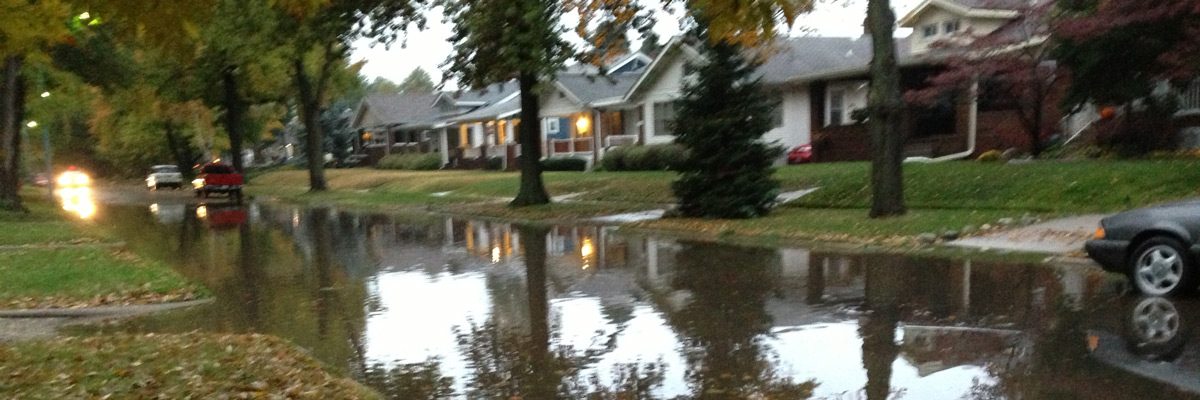I get this question all the time. The argument is always the trade off argument. We get jobs and cheap fossil fuels but the environment is degraded. And boy and how. Destroyed is more like it but we do not even get the results that the fracking industry promised. Did I mention it is cold outside?
http://www.startribune.com/business/241382091.html
Record high prices for propane, natural gas in some markets as cold snap saps fuel supplies
- Article by: JONATHAN FAHEY , Associated Press
- Updated: January 21, 2014 – 6:12 PM
NEW YORK — A second fierce blast of winter weather is sapping fuel supplies in many regions and sending prices for propane and natural gas to record highs.
Higher natural gas prices are also leading to sharply higher wholesale electricity prices as power utilities snap up gas at almost any price to run power plants to meet higher-than-normal winter demand.
Propane users will get pinched the most. Those who find themselves suddenly needing to fill their tanks could be paying $100 to $200 more per fill up than a month ago. Homeowners who use natural gas and electricity will see higher heating bills because they’ll use more fuel. But prices won’t rise dramatically because utilities only buy a small portion of the fuel at the elevated prices.
A swirling storm with the potential for more than a foot of snow clobbered the mid-Atlantic and the urban Northeast on Tuesday. The snowstorm will be followed by bitter cold as arctic air from Canada streams in, causing homeowners to crank up the thermostat.
Record high prices for propane, natural gas in some markets as cold snap saps fuel supplies
- Article by: JONATHAN FAHEY , Associated Press
- Updated: January 21, 2014 – 6:12 PM
NEW YORK — A second fierce blast of winter weather is sapping fuel supplies in many regions and sending prices for propane and natural gas to record highs.
Higher natural gas prices are also leading to sharply higher wholesale electricity prices as power utilities snap up gas at almost any price to run power plants to meet higher-than-normal winter demand.
Propane users will get pinched the most. Those who find themselves suddenly needing to fill their tanks could be paying $100 to $200 more per fill up than a month ago. Homeowners who use natural gas and electricity will see higher heating bills because they’ll use more fuel. But prices won’t rise dramatically because utilities only buy a small portion of the fuel at the elevated prices.
A swirling storm with the potential for more than a foot of snow clobbered the mid-Atlantic and the urban Northeast on Tuesday. The snowstorm will be followed by bitter cold as arctic air from Canada streams in, causing homeowners to crank up the thermostat.
Michael McCafferty, a propane expert at Platts, an energy information provider, said the wholesale spot price of propane rose 70 percent between Friday and Tuesday to a record $2.45 per gallon. Both the size of the jump and the price itself he called “unprecedented.”
:}
Go there and read. More next week.
:}







